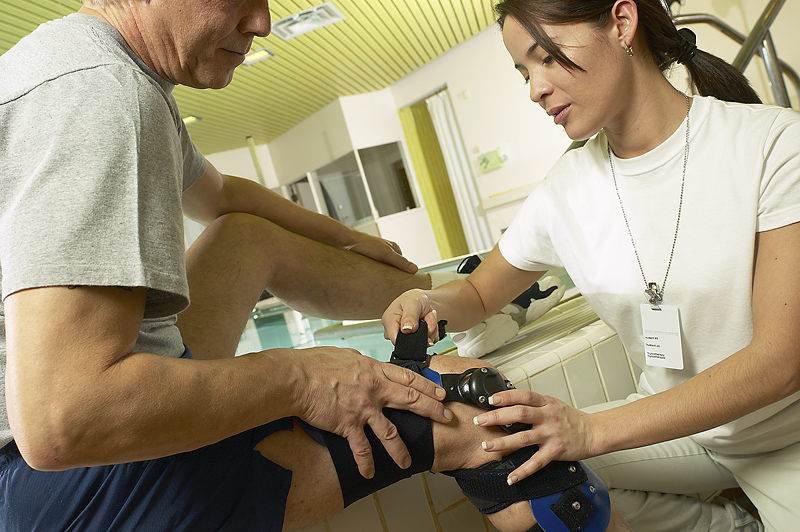Knee Replacement Surgeries Soar For People Over 50, European Study Concurs
Patrick Connole
3/1/2012

Finnish researchers found that incidences of knee replacement surgery rose rapidly over a 27-year period among 30- to 59-year-olds in that country, with the greatest increase occurring in patients aged 50 to 59 years.
According to the study published in
Arthritis & Rheumatism, a peer-reviewed journal of the American College of Rheumatology, incidences were higher in women throughout the study period.
This type of research echoes a trend in the United States for more knee replacement surgeries, which has resulted in many long term care providers bolstering rehab services for “younger” short-term residents.
Osteoarthritis (OA), the cause of many knee replacement surgeries, is a highly disabling joint disease that, according to a 2002 report by the World Health Organization, is the fourth leading cause of years lived with a disability worldwide. In the United States, experts say more than 10 million adults are affected by OA, and for those with advanced disease, arthroplasty (knee replacement) may be the only treatment option to relieve the disabling pain and stiffness and improve quality of life.
The Agency for Healthcare Research and Quality said more than 600,000 total knee replacements were performed in the United States in 2009, and a previous study estimates that number could grow by 673 percent, to 3.48 million procedures, by the year 2030.
To advance understanding of the issue in Finland, researchers obtained data collected by the Finnish Arthroplasty Registry of all unicondylar (partial) and total knee replacements performed between 1980 and 2006. The team analyzed the effects of gender, age group, and hospital volume on incidence rates.
Findings indicate a 130-fold increase in incidence of total knee arthroplasty among those between the ages of 30 and 59 years during the study period. The incidence increased from 0.5 to 65 operations per 100,000 individuals, with the most rapid increase occurring from 2001 to 2006 (18 to 65 operations per 100,000). Increase in incidence of partial knee replacements was also observed, from 0.2 to 10 operations
per 100,000 inhabitants.
In the last 10 years of the study the incidence of total knee replacements was 1.6- to 2.4-fold higher in women than in men. Incidences of total and partial knee replacements were also higher in the oldest age group (50 to 59 years of age).